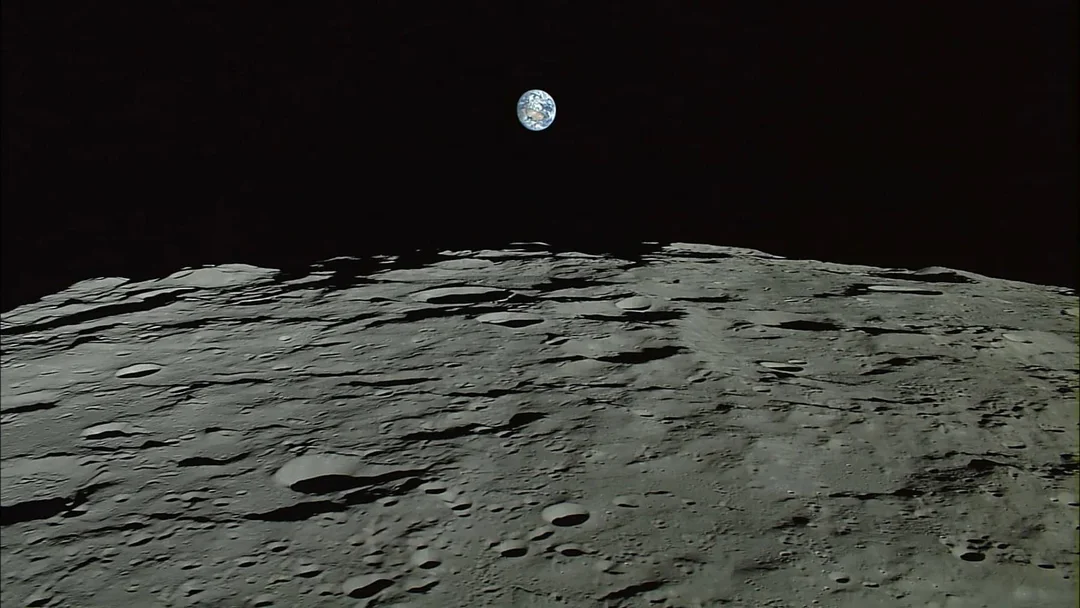
NASA Spots Asteroid 2024 YR4: Lunar Impact Expected in 2032 – What Does It Mean?
Get ready for a celestial close shave! NASA scientists have identified asteroid 2024 YR4, a near-Earth object on a trajectory that could bring it into contact with the Moon in 2032. While not expected to cause cataclysmic damage, this event raises crucial questions about lunar exploration and planetary defense.
Why is this important? The potential impact of 2024 YR4 offers a unique opportunity to study asteroid behavior and the Moon's geological composition. But it also highlights the need for robust planetary defense strategies and careful planning for future lunar missions.
The Discovery of Asteroid 2024 YR4
NASA's Planetary Defense Coordination Office first spotted 2024 YR4. Astronomers are particularly intrigued by its “abnormal form” and close proximity to the Moon's orbit. Continuous tracking helps to understand the asteroid's trajectory and predict potential impact scenarios. According to Chapelboro.com, Victor is attempting a deep dive into YR4, the asteroid that scientists feared had a chance of hitting Earth in 2032.
Even though the asteroid is not massive enough to cause widespread destruction, its impact could still have noticeable effects. Scientists are analyzing its shape and material composition to better understand its movement and potential consequences.
Potential Impact on the Moon: Crater Formation and Debris
In 2032, if 2024 YR4 collides with the Moon, it won't destroy our celestial neighbor. However, the encounter will likely result in a new crater on the lunar surface. The size of this crater will depend on the asteroid’s speed and angle of impact. The collision will also scatter lunar debris, providing valuable scientific data about the Moon's composition and history.
Preparing for Future Lunar Missions
The possibility of an asteroid impact underscores the importance of incorporating impact mitigation strategies into future lunar missions. Research on 2024 YR4 is aiding in the development of protective measures for equipment and personnel operating on the Moon. This knowledge is crucial for ensuring the success of long-term human exploration and habitation efforts.

The Urgency of Planetary Defense
The discovery of 2024 YR4 emphasizes the critical role of planetary defense. Monitoring systems that track near-Earth objects allow scientists to anticipate potentially hazardous space events and develop strategies to minimize their impact. NASA's ongoing efforts in planetary defense are essential for safeguarding Earth and other space-based assets.
The good news? Experts believe a broad-scale catastrophic effects is unlikely.
The analysis of samples of material scattered because of the collision will provide data for the experts, that will help better understand the elements within our solar system.
Advancements in Tracking Technology
NASA is continuously improving its asteroid detection and tracking systems to better analyze objects like 2024 YR4. Advanced telescopes and radar technology provide scientists with powerful tools to detect and track near-Earth objects along their trajectories. These technological advancements are crucial for enhancing hazard identification and response times.
What do you think? Is the potential impact of 2024 YR4 a cause for concern, or a valuable scientific opportunity? Share your thoughts in the comments below!